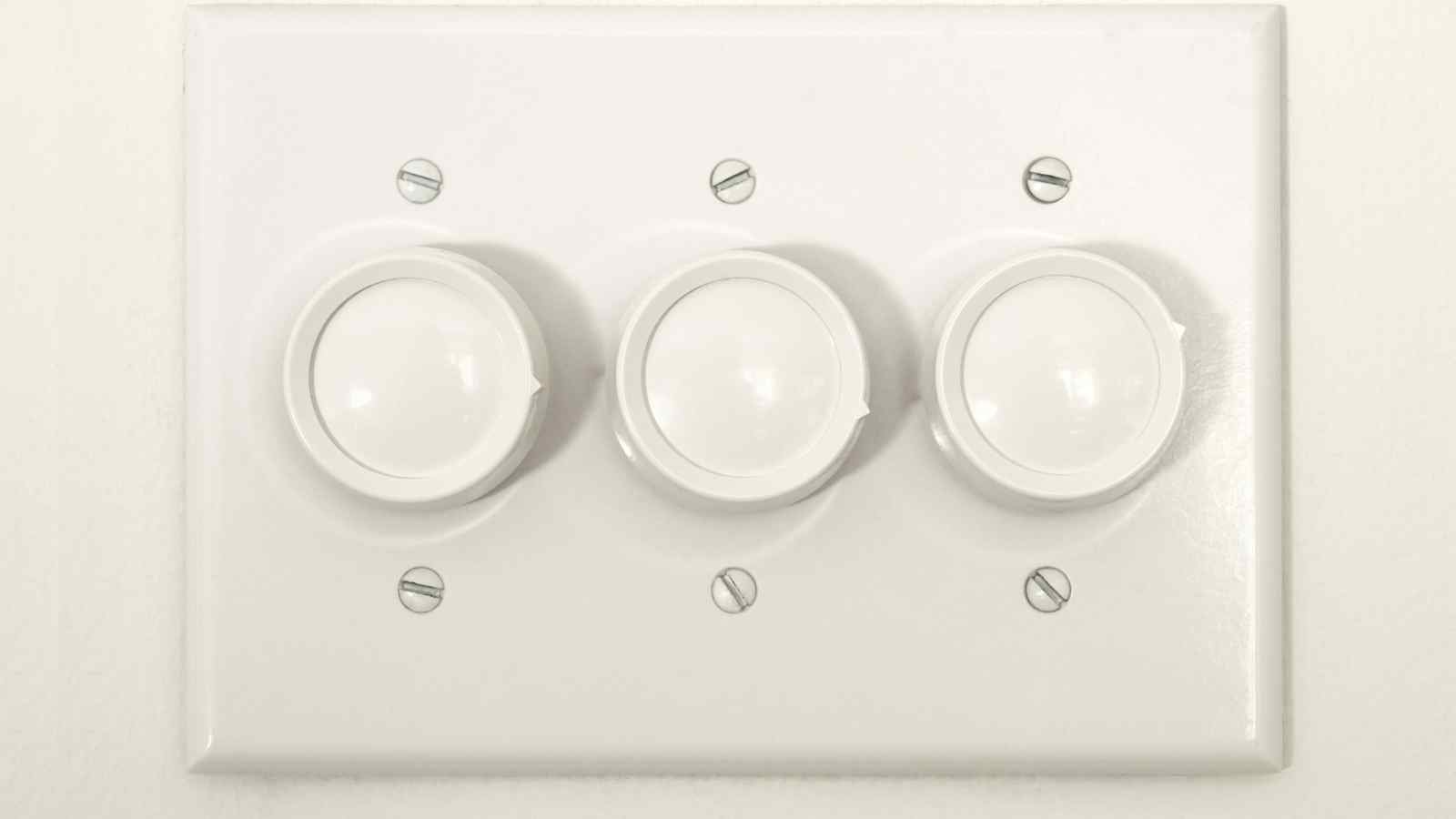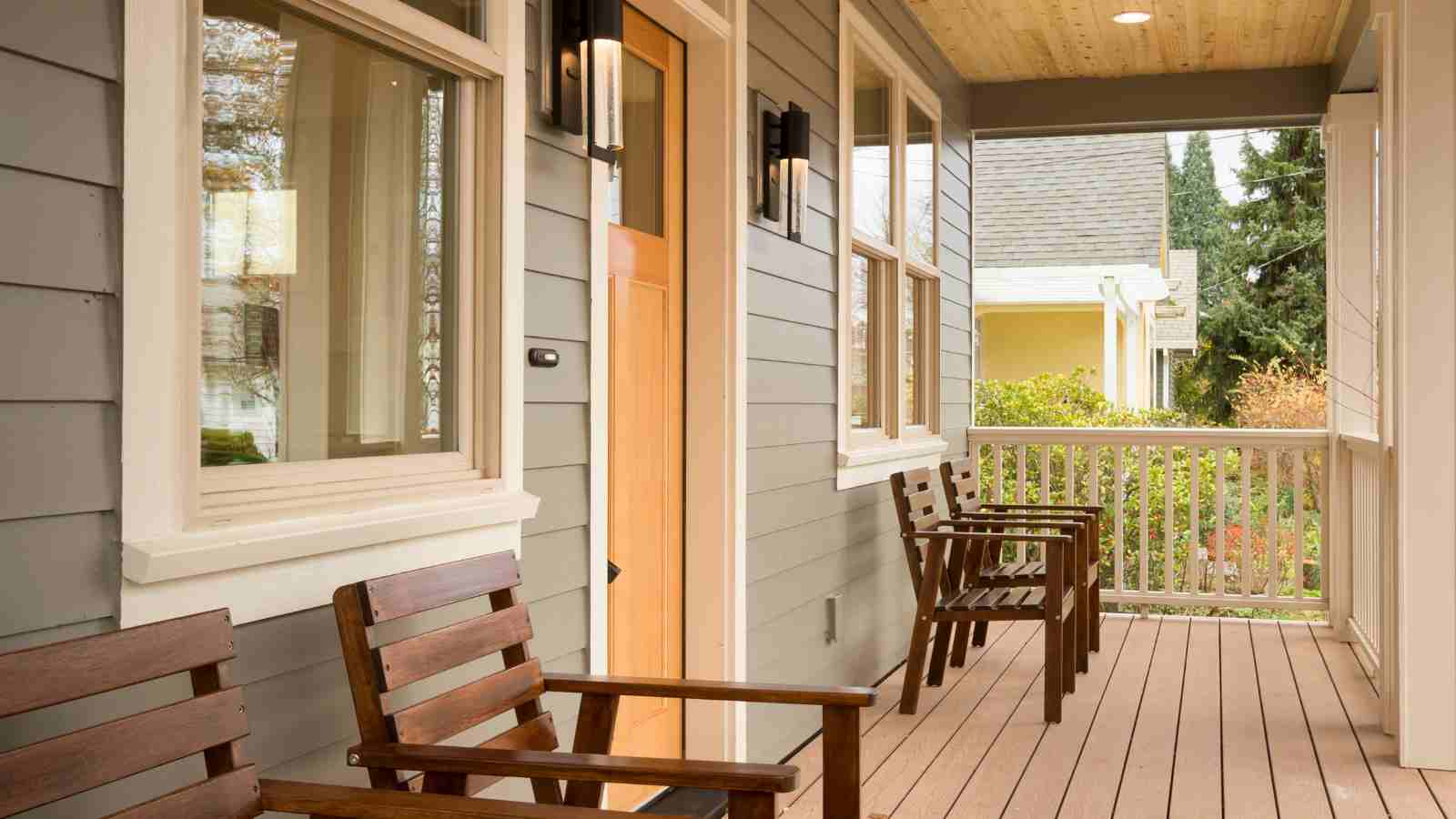Common Causes of Flickering Can Lights and Solutions
Flickering lights in your home can be more than just a nuisance; they can also indicate a more significant electrical issue. At Premiere Electric, we understand homeowners' frustration when dealing with flickering lights. Let's explore some common causes of this problem and offer practical solutions to help you resolve it.
What Causes Lights to Flicker?
- Loose Light Bulbs:
- A common and easily overlooked cause of flickering lights is a loose bulb. If the bulb isn't screwed in tightly, it can make intermittent contact with the socket, causing it to flicker.
Solution: Ensure that your light bulbs are secure in their sockets. Simply tightening them may resolve the flickering issue. - Faulty Light Switches:
Sometimes, the switch that controls your lighting can be faulty, leading to flickering. This is particularly true for dimmer switches, which can interfere with the current flow if incompatible with LED lighting.
Solution: Replace old or incompatible switches. For dimmer switches, make sure they are compatible with the type of bulbs you are using (e.g., LEDs).
- Fluctuating Voltage:
Significant fluctuations in your home's voltage can cause lights to flicker. This can be due to high-power electrical devices on the same circuit, such as air conditioners or refrigerators.
Solution: Monitor your home's voltage; consult a licensed electrician if significant drops or spikes are noticed. You might need a dedicated circuit for heavy appliances or overall electrical system upgrades. - Loose or Faulty Wiring:
Over time, wiring can become loose, or its insulation can wear out, leading to flickering lights. Loose wiring is particularly concerning as it poses a potential fire hazard.
Solution: Loose or exposed wires should be dealt with immediately. Contact a professional electrician from Premiere Electric to inspect and repair any faulty wiring. - Overloaded Circuits:
Too many appliances or fixtures connected to one circuit can cause an overload, resulting in flickering lights whenever these appliances are in use.
Solution: Redistribute heavy appliances across multiple circuits. If necessary, consider upgrading your electrical panel to accommodate additional circuits.
Special Considerations for LED Lights
LED lighting has become increasingly popular due to its energy efficiency. However, LED lights can flicker if they need to be correctly installed or if there are compatibility issues with your home's electrical system.
- Dimmer Compatibility:
Not all dimmer switches work well with LED bulbs. If the dimmer is designed for incandescent bulbs, it might not provide the correct power range to LEDs, causing flicker.
Solution: Install LED-compatible dimmers to ensure smooth operation without flickering. - Driver Issues in LEDs:
LEDs operate with drivers that supply constant power that can sometimes fail or malfunction, leading to flickering.
Solution: Replace the faulty driver or switch to a different brand or model of LED with better reliability reviews. - Quality of LED Bulbs:
The market is flooded with LED bulbs of varying qualities. Poor-quality LEDs are more likely to flicker due to inadequate manufacturing standards.
Solution: Opt for high-quality, reputable brands when purchasing LED bulbs. They may be more expensive upfront, but they provide better performance and longevity.
DIY Fixes and When to Call a Professional
While there are some light issues you can tackle yourself, such as tightening a bulb or replacing a switch, electrical work can be hazardous if not performed correctly. Here are a few tips on when to call a professional:
- Frequent Flickering Across Multiple Lights: This could indicate a more serious issue within your home's electrical system.
- After Installing a New Fixture or Appliance: If flickering starts or increases after a new installation, getting a professional assessment is advisable.
- Old or Historical Homes: Older wiring systems can be complex and more susceptible to problems. It's safer to let experienced electricians handle them.
At Premiere Electric, we pride ourselves on providing electrical services to ensure your home is safe, efficient, and flicker-free. Whether you need an inspection, repair, or upgrade, our team of master electricians is here to help. Don't let flickering lights disrupt your home comfort—contact us today for swift and practical solutions.
Remember, while flickering lights can sometimes be fixed with simple DIY solutions, they can also be a sign of more serious electrical issues. Ensuring your home's electrical system is up-to-date and correctly maintained is crucial for safety and efficiency.




